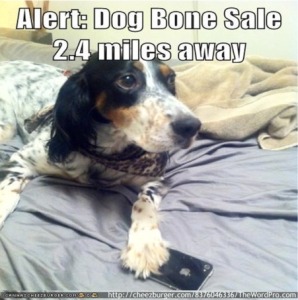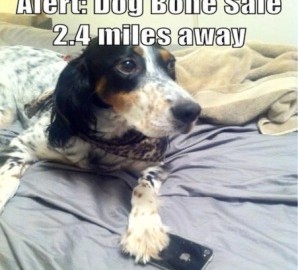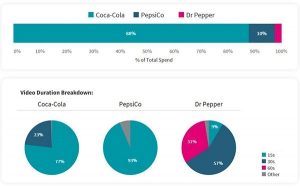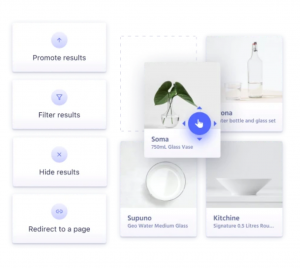 November 15, 2014
November 15, 2014
The competition to be the first to open on “Black Friday” has escalated to the point that many people (especially the sales people) may miss Thanksgiving altogether. Cyber Monday will also take a bite out of the overall Holiday marketing budget. However, while the big stores have larger budgets and may be able to broadcast their sales to a wider audience, small businesses may have an edge for their niches.
Smart Marketing is the Key
Many small stores offer specialty or regional items not readily available at the bigger stores. However, in order to let people know about the merchandize they offer, and also to tell people about Special offers, coupons and sales, the smaller stores must find innovative ways to advertise.
This year, both Google and Facebook have launched new products that may help local stores compete.
Google Now
Google’s “personal assistant” service is available on most smart phones including iPhones. (Move over, Siri!) This service offers some interesting features to help shoppers find what they are looking for. When someone has searched for particular products on Google, even from a PC or Mac, when that person is near a store that carries one of those products, Google will send a pop-up message that the item is available, and even give directions to the store. Google can also provide a directory of stores, including their location, within a shopping mall. A search for stores by category (e.g. sports equipment, cosmetics, clothing) will return the exact location of stores carrying those items. Google is also expanding their location services to some indoor malls to show where, within the building, the stores are. Finally, when the shopping day is over, Google will even show directions back to the customer’s car.
Facebook Local Awareness Ads
While Facebook’s ads have always allowed marketers to target people by where they live and other demographics, their new hyper local advertising service takes things a step further. Using a Local Awareness Ad, brick and mortar businesses will be able to target ads not only to people who live in the area, but to those who travel to that area. When someone has their phone’s GPS activated and is in the vicinity of a store with one of these ads activated, the local ad will pop up in their Facebook News Feed.
Websites must be Mobile-Friendly
While neither of the above services is dependent on the website of the store, when the ads or notices do appear, the potential customer may want to look at the website – from their smart phone. And 61% will leave a website if it is not mobile-friendly.
Finally, 79% of mobile phone owners used their phones for local searches. Searches for specific stores were most common, followed by category searches – in other words, people searched for the product they were looking for, hoping to find a store that carried that product. Even more impressive was that 78% of local mobile searches resulted from offline purchases (Source: SeachEngineLand). However, Google recognizes when a website is not mobile friendly and is less likely to display that website in their search results.
The take-away: Brick and mortar stores that ignore the latest mobile marketing technologies do so at their peril.
Digital & Social Articles on Business 2 Community
(345)







